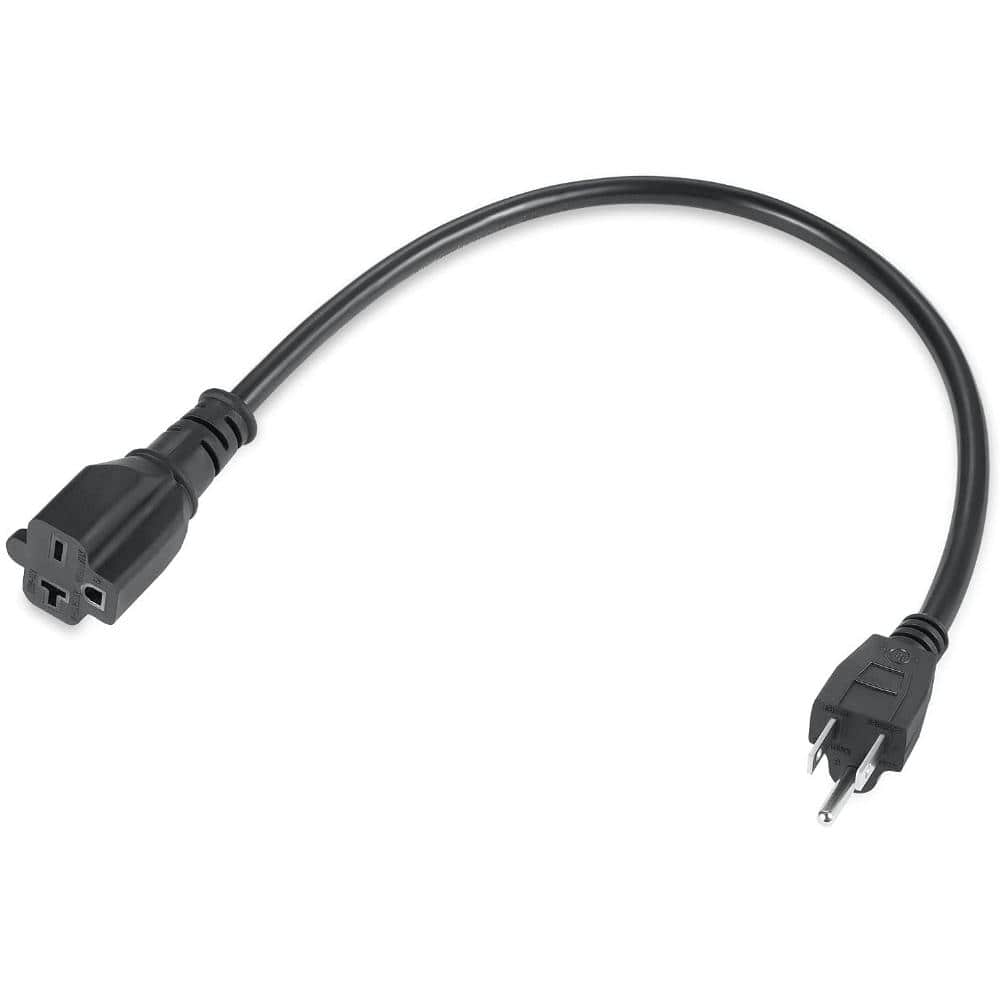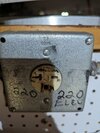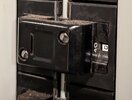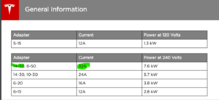For Mobile Charging.
Question 1: I have the regular 110v outlet with 15amp circuit breaker in the basement. Can this adaptor from 5-15 to 6-20 give me extra changing?

Question 2: If I run a 220v dedicated line from the circuit breaker to my garage. How many amps should the Receptacle be? 15 or 20? Should 2 slots in the circuit breaker with 40amp each combined be enough?
If you have any links to the items, that would be great.
Thanks for your help!
Question 1: I have the regular 110v outlet with 15amp circuit breaker in the basement. Can this adaptor from 5-15 to 6-20 give me extra changing?

LECTRON NEMA 6-20 to NEMA 5-15 EV Power Adapter - Compatible with NEMA 6-20 EV Charging Station NEMA6-20to5-15AdapUSA - The Home Depot
LECTRON Nema 6-20R to 5-15P Power Cord or also named as Nema 6-20R to 5-15P Extension Cable gives the charging flexibility to your EV. This electrical adaptor cord converts 16 Amp (Nema 6-20R) to 15 Amp
www.homedepot.com
Question 2: If I run a 220v dedicated line from the circuit breaker to my garage. How many amps should the Receptacle be? 15 or 20? Should 2 slots in the circuit breaker with 40amp each combined be enough?
If you have any links to the items, that would be great.
Thanks for your help!





